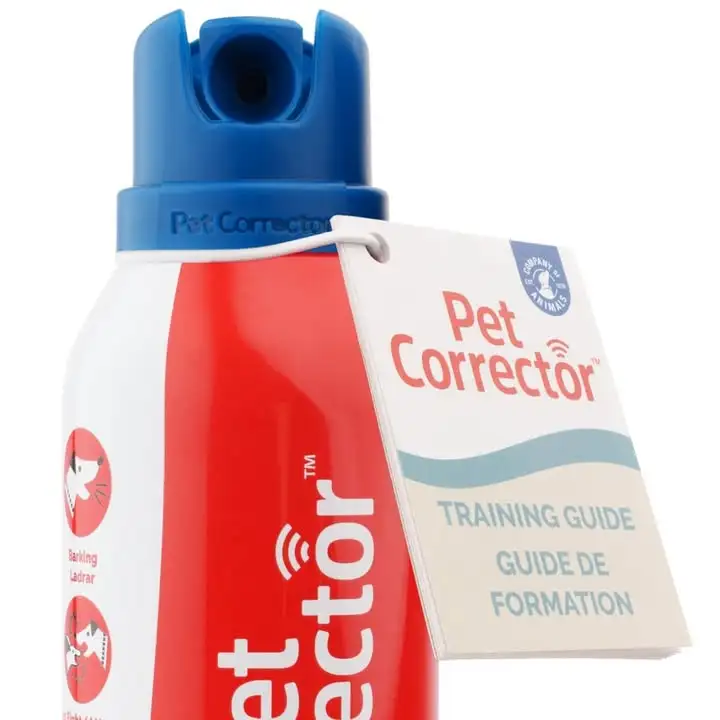
11/13/2025
Understanding Slow Feeders
Picture this:
Your dog’s dinner disappears in 30 seconds, leaving you wondering—did he taste it, or just inhale it? If you’ve ever marveled (or worried) at your pup’s impressive speed-eating skills, you’re not alone. But what if I told you that slowing down could be the healthiest upgrade you ever make to your dog’s daily routine?
What’s a Slow Feeder Dog Bowl, and Why Should You Care?
A slow feeder is no ordinary dog bowl. Think of it as a puzzle for your pooch—filled with winding mazes, clever ridges, and built-in obstacles that challenge your dog to work for every bite. Instead of wolfing down kibble, your dog must navigate, chew, and problem-solve—turning dinner into the best kind of brain game.
How Does It Work?
Maze patterns force winding paths to food
Raised ridges separate meals into manageable bites
Puzzle inserts turn any bowl into a challenge
Materials range from dog-safe plastic to chew-proof stainless steel
The result? Dogs pause to chew, eat smaller bites, and engage their natural foraging instincts—all while enjoying a healthy mental workout.
Why Make the Switch? The Perks of Going Slow
Bloat Prevention:
Large breeds have up to a 20% lifetime risk of bloat. Slow feeders help cut that risk by minimizing gulping and air intake—especially crucial for deep-chested breeds like German Shepherds or Great Danes.
Better Digestion:
Chewing = smaller food particles + more saliva = improved nutrient absorption and less undigested kibble in the yard.
Stronger Mind:
Fifteen minutes with a puzzle bowl can match the mental stimulation of a 30-minute walk—beating boredom and curbing destructive habits.
Weight Management:
Eating slowly lets satiety signals catch up, so dogs self-regulate portions and beg less between meals.
Calmer Dogs:
Structured, challenging mealtimes help anxious pups focus their energy constructively—goodbye, stress-eating and food guarding!
Choosing a Slow Feeder That Works:
Not all slow feeders are created equal (or chew-proof). Here’s how to pick the right one for your pup:
1. Know Your Eater:
Gobblers need tough stainless steel or thick silicone
Gentle grazers can handle lighter plastic
2. Size Matters:
Large breeds need wide, shallow mazes
Toy breeds need small-scale obstacles
Flat-faced dogs (pugs, bulldogs) need gentle slopes for easier breathing
3. Match the Challenge Level:
Beginner:
Simple ridges, central dome, or lick mats (great for wet food)
Intermediate:
Intricate grooves, multiple compartments, or spin-and-wobble feeders
Expert:
Puzzle toys requiring paw action or manipulation—great for canine masterminds!
Tip:
Start easy if your dog is new to slow feeders. Frustration = no dinner, so always monitor and adjust!















